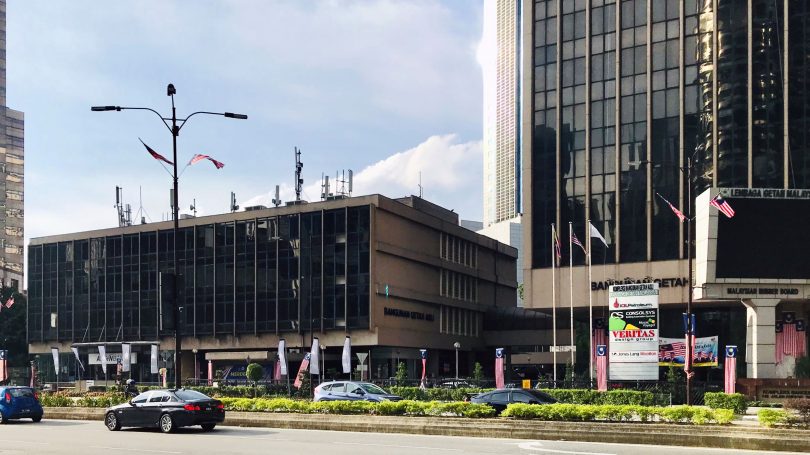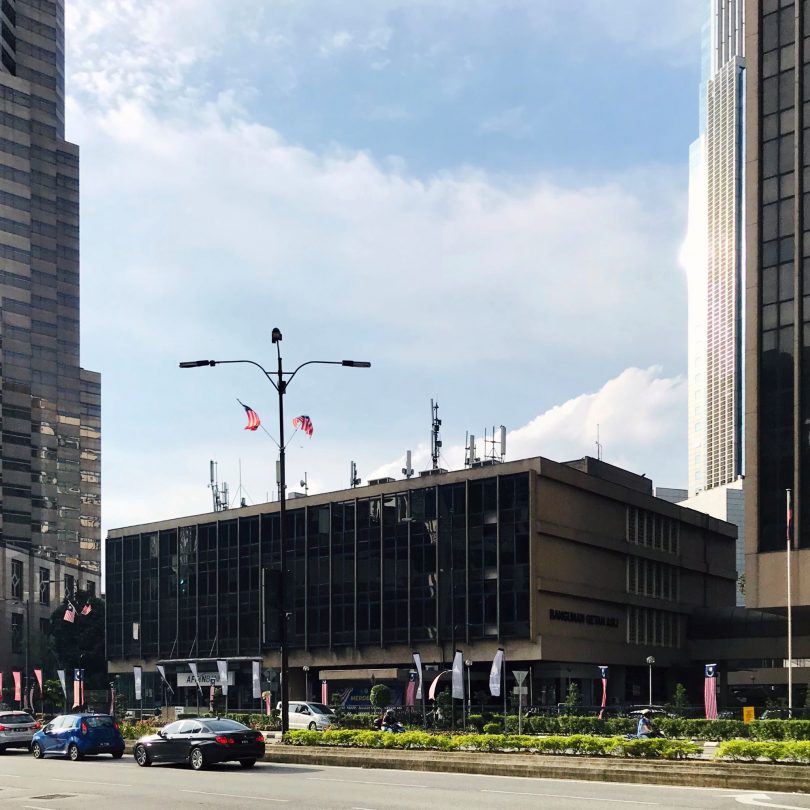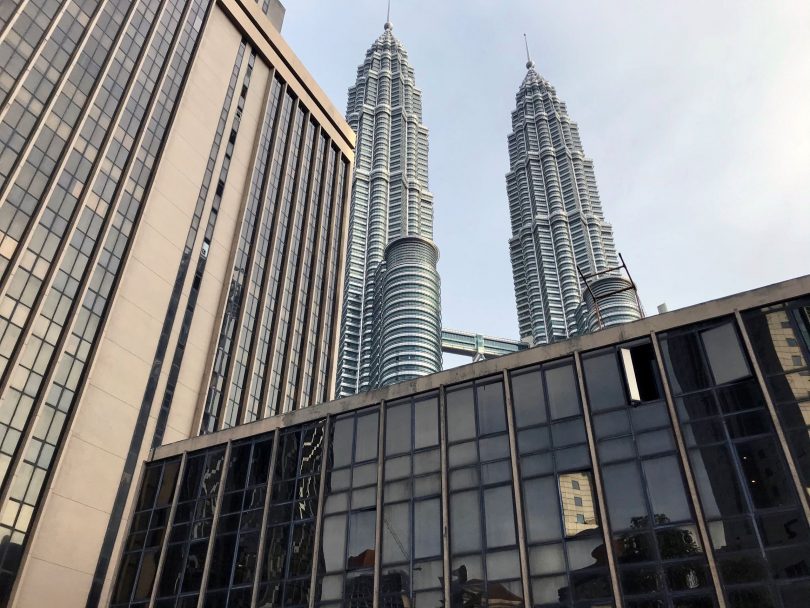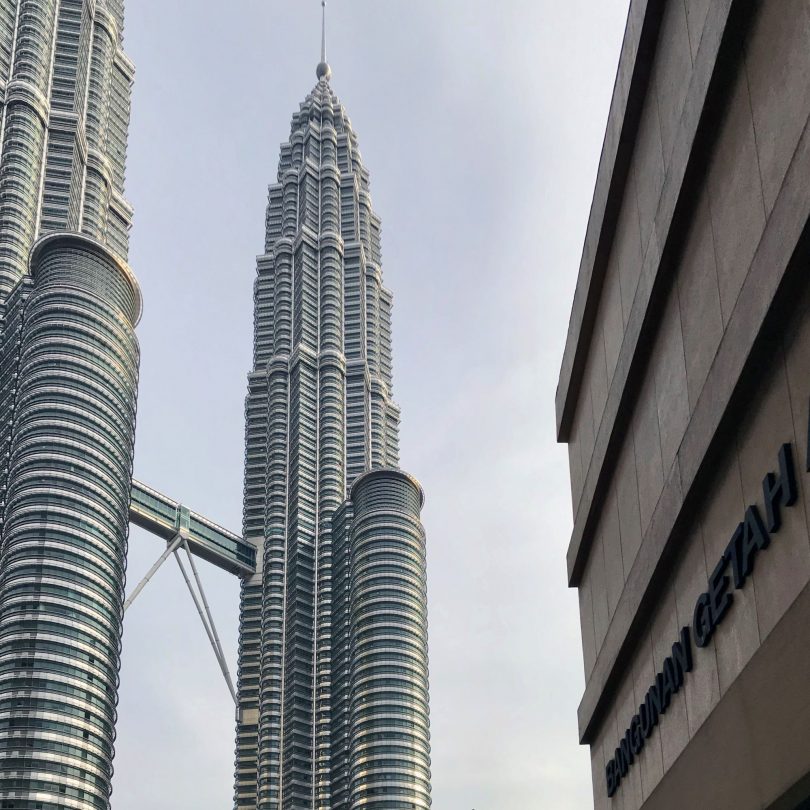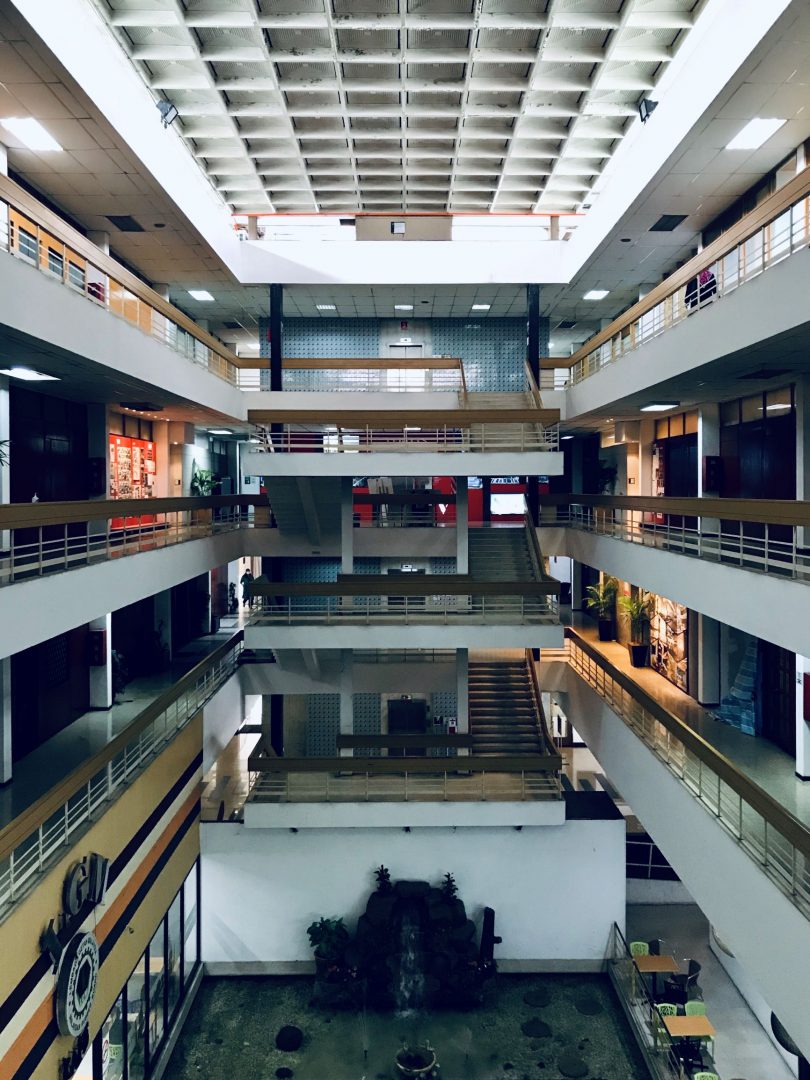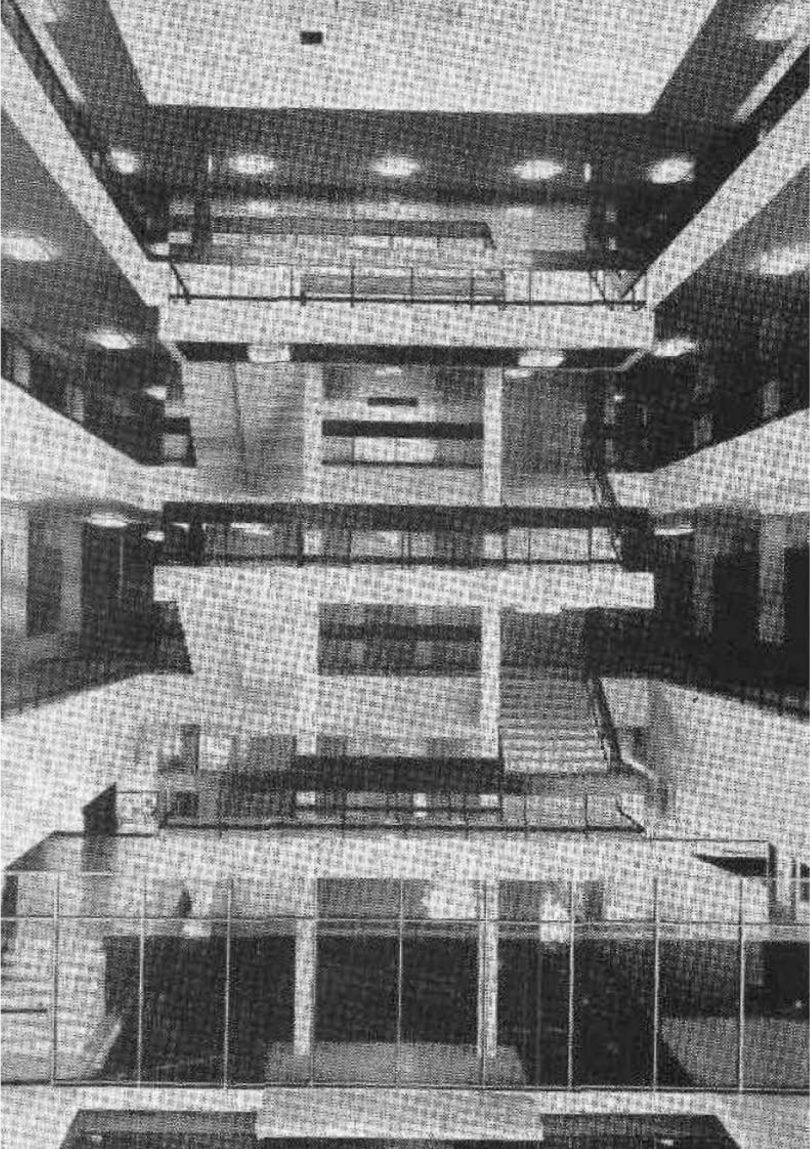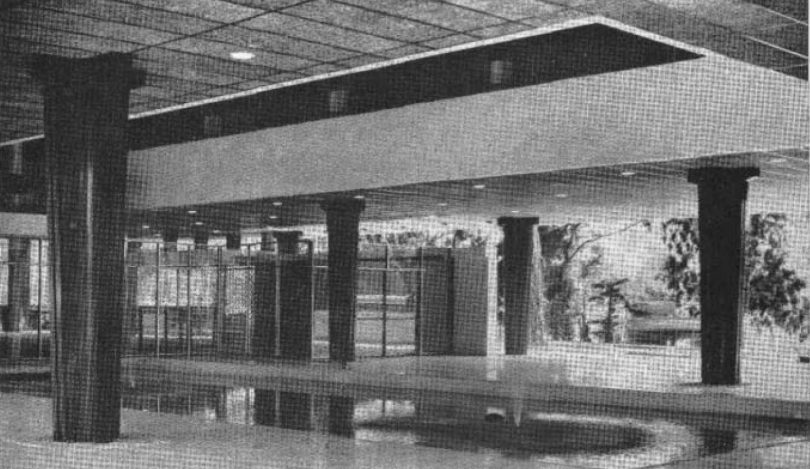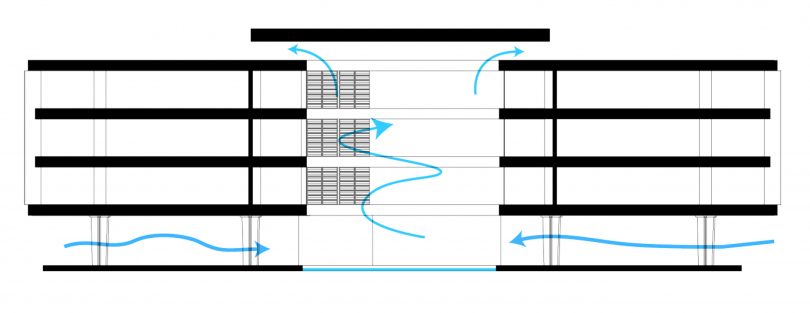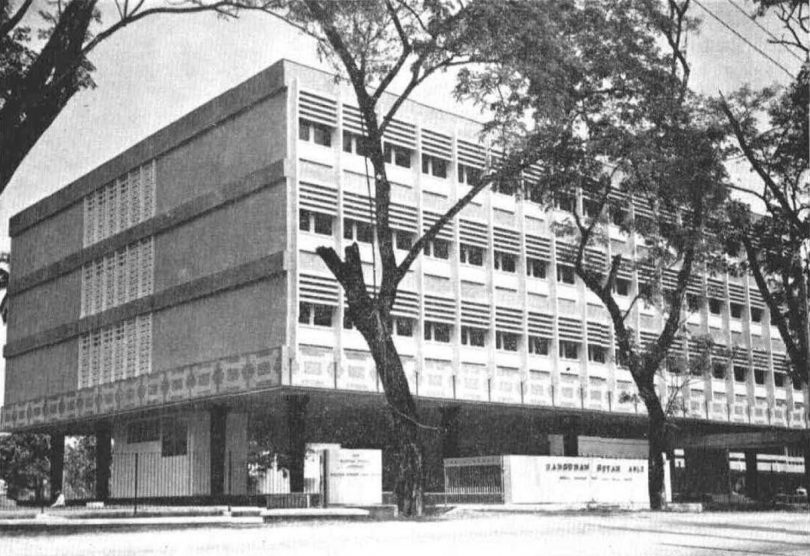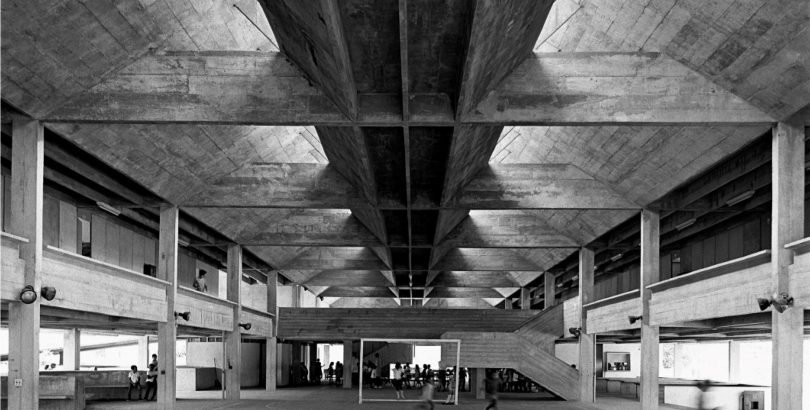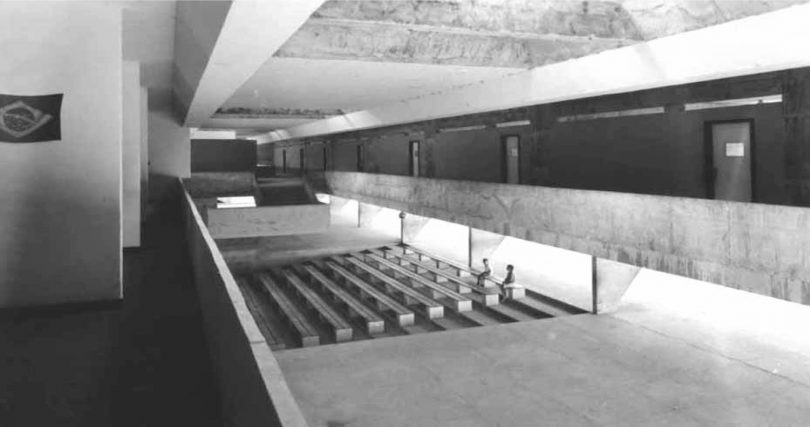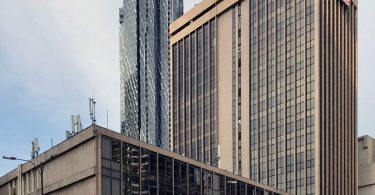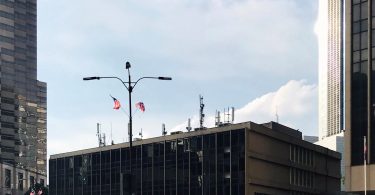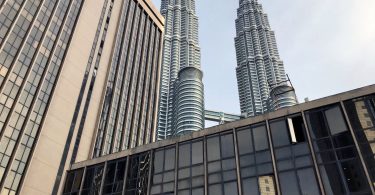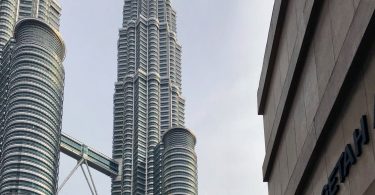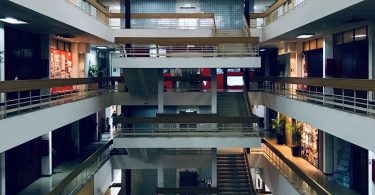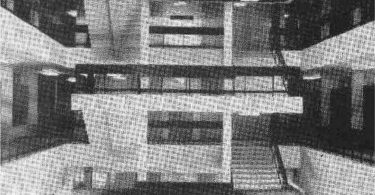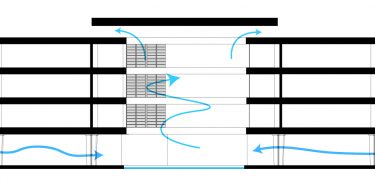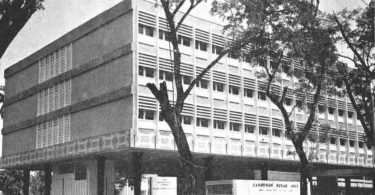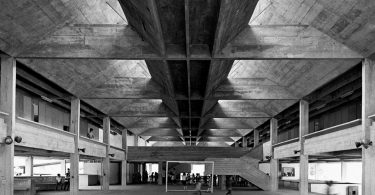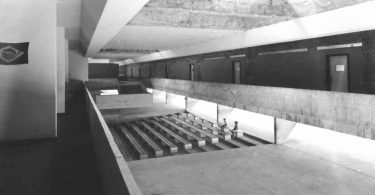By Dr Miguel A. Robles-Cardona
Bangunan Getah Asli is a testament of Malaysia’s rubber export and an incontestable piece of heritage from the brief modernist architecture period in the country.
The modernist style also dominated other regions along the equator, such as Latin America, during the peak of its maturity in the 1950s and ‘60s. The clever architectural designs responded to the tropical climate even when technology was not widely available at that time.
While this architecture style is regarded as objects of study and admiration in the West, conserved to remain fully functional, some of them are neglected until they become obsolete with limited or almost no commercial value in Malaysia.
Even though Malaysians profess a high esteem for the old European cities, many may not realise that it is even more important to preserve the buildings that once represented our societies. In doing so, these building can thus age gracefully and become the patrimony of our nation and testimonies of who we once were.
TESTIMONY OF AN ERA
For many years, tin and rubber were Malaysia’s primary exports and, by the 1930s, the country produced half of the world’s rubber. In the early 1960s, a few years after Malaysia’s independence, the Federation of Malaya Society of Architects organised an international design competition for a building that would house the headquarter of the Malaysian Rubber Board, or later known as the Bangunan Getah Asli.
Swan and MacClaren, one of the oldest architectural firms in Singapore, won the competition. Modernity and progress became the core concept of the design. The building divided the public’s opinions. Some believed that it lacked an acknowledgment of the local characteristics and culture, while others argued that it was a bold example of how the international style could be adapted to the local context.
TIMELESS COOLING SYSTEM
Bangunan Getah Asli is a low-rise building with a central atrium and a raised deck. The architecture aimed to deal with the climatic conditions in Malaysia—high temperatures, humidity and heavy rains—so the building has high ceilings, ample eaves and deep shaded verandas and colonnades.
The three upper levels are dedicated to office spaces with internal verandas facing an inner courtyard. The ground floor, originally designed as an open plan, is supported by a grid of pillars that raise the building and free up the floor for circulations. At the atrium, there is shallow pool of water.
Only the staircases and a few ancillary rooms are located on the ground. This way, breezes can flow into the building through the open ground floor and throughout the office spaces. Even today, almost six decades after its construction, with the ground floor almost entirely occupied for commercial purposes and the pool being decked over, the breeze still flows through the lobby under the long expressive modernist canopy.
PRESERVATION VERSUS MONETISATION
Bangunan Getah Asli is located in the Kuala Lumpur City Centre (KLCC), between the Australian Embassy and Wisma Equity. These buildings form a little cluster of modernist precincts in the area.
Being a protagonist of the modern architecture’s brief presence in the country, which once represented modernity and progress, has not granted this building any special consideration. What draws more attention to this building is its axial alignment with Petronas Twin Towers. The strategic location means that this piece of land is profitable and that any users can capitalise on the unparalleled view of Malaysia’s most iconic and beloved landmark.
The tension between preservation and monetisation has continually placed this historical building under the risk of being replaced by another modern, luxury tower.
DISTANT RELATIVES
In the parallel latitudes in Latin America, in countries such as Chile or Brazil, similar modernist buildings are regarded as a heritage that becomes an object of study by researchers and students alike. They are testimonies of an epoch and living examples of how modern architecture, which was born in Central Europe, was responded to and adapted in the tropics.
In Brazil, some buildings that are akin to the Bangunan Getah Asli are the Vila Maria School by Paulo Mendes da Rocha in 1962 and the IPE Kindergarten by Decio Tozzi in 1965, both of which are highly appreciated and considered as modern heritage. Unlike its distant relatives, Malaysia’s modern heritage does not receive a similar degree of protection. Ironically, the high value of the land where the building is situated threatens its survival.
A HERITAGE TO BE
What is lacking is the public’s validation and awareness. The local authorities must allow modern heritage buildings to age gracefully. Otherwise, Malaysia will continue to look attentively at the beauty of the old European cities and admire their heritage while replacing its very own and meaningful heritage-to-be buildings with some monotonous and forgettable structures.
The very truth is that Bangunan Getah Asli is more modern than most contemporary buildings, with its remarkable passive design strategies. It would be such a shame if it is shrouded with some advertisement boards that will end up denying its urban presence, forcing it to disappear first from sight and ultimately from the collective memory of the city.
At the dawn of the 63rd anniversary of Malaysia’s independence, I truly wish this building is allowed to see, at least, the centenary of the nation.
About the Author:
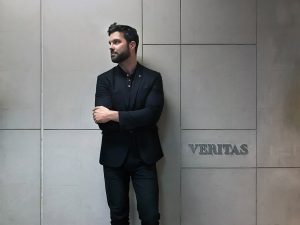
Dr Miguel A. Robles-Cardona holds a bachelor degree in Architecture from the School of Architecture of Seville, Spain, in 2009; a master’s degree in Theory and Practice of Architectural Design with specialisation in Modern Form in 2011; and a PhD in Architectural Design in 2014 from the School of Architecture of Barcelona. He worked at FORM (research group at the same school), as well as at Gerber Architekten in Germany, and Franzina + Partners in Italy, before joining VERITAS Design Group in 2015. Miguel has spoken widely on design in several universities in Spain, Italy and Malaysia, as well as participated in several local design conferences and forums since his arrival in Malaysia in 2015.

 Malaysia
Malaysia Hong Kong
Hong Kong Indonesia
Indonesia Tiếng Việt
Tiếng Việt ประเทศไทย
ประเทศไทย


